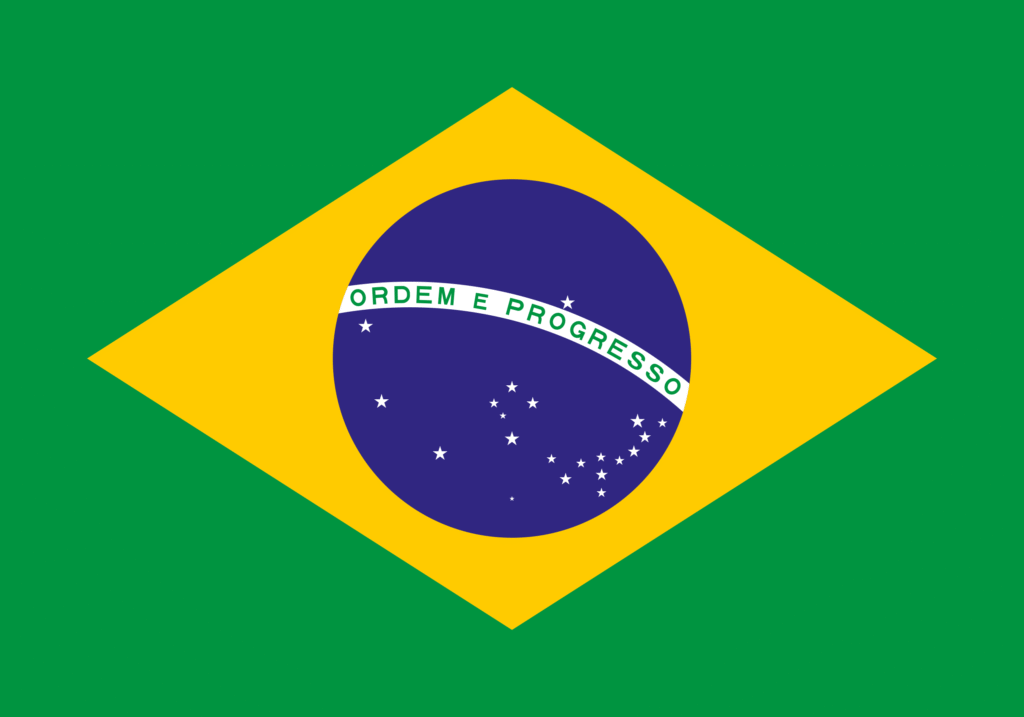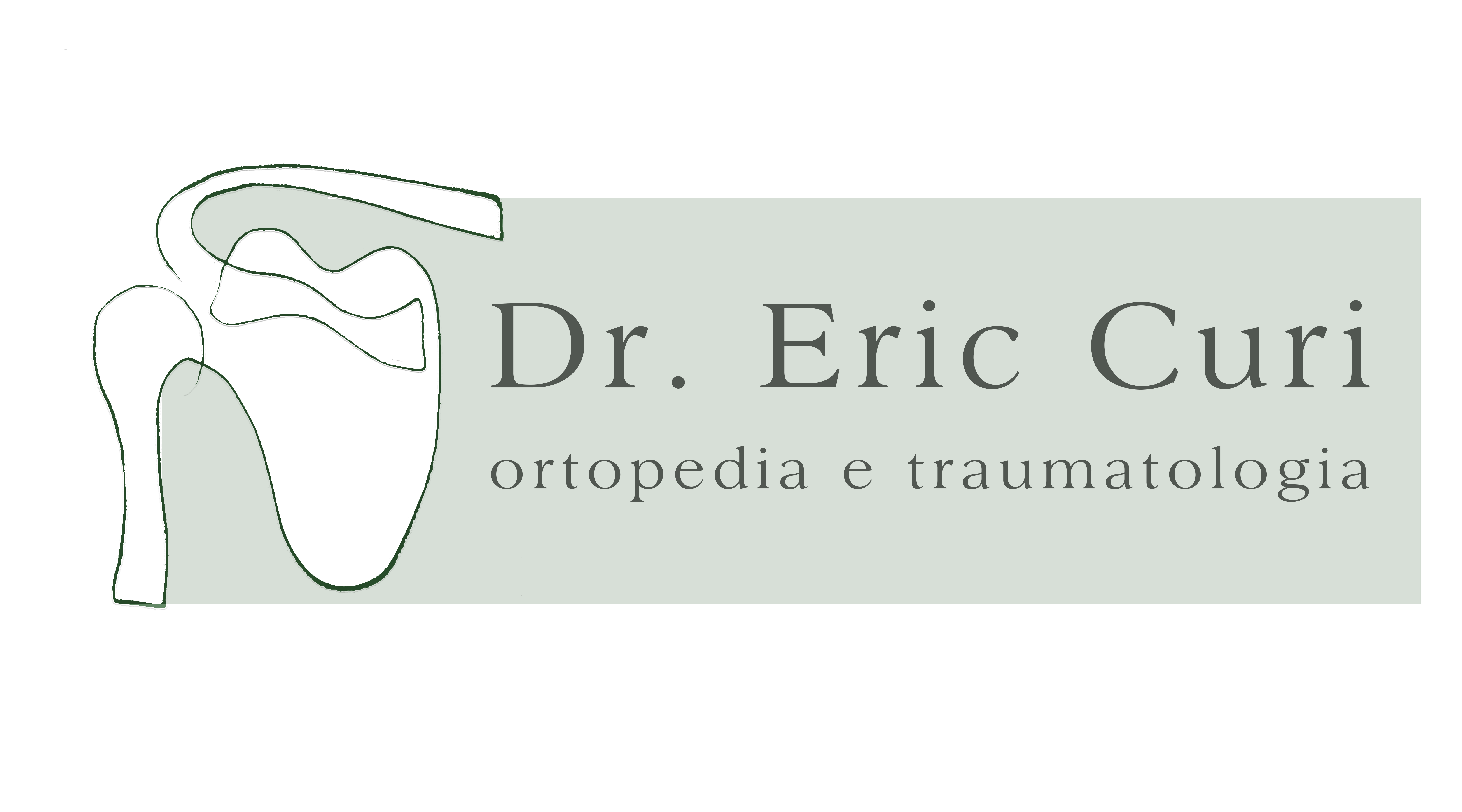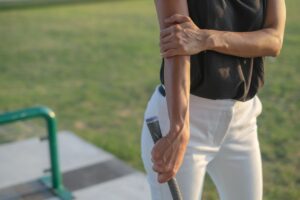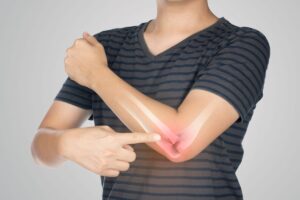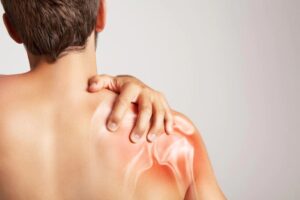Meet Dr. Eric Curi, Orthopedic Surgeon and Traumatologist, specialist in Shoulder and Elbow surgery in São Paulo.
Rotator Cuff Injuries
Shoulder Pathologies
Shoulder Pathologies
General Orthopedics
Últimos Artigos
Rotator cuff injuries are one of the most common causes of shoulder pain and dysfunction, affecting individuals of all ages and lifestyles, though they are more frequent in women around the age of 60.
But do you know what the rotator cuff is and its crucial role in shoulder function?
This group of four muscles and their tendons is essential for stabilizing and moving the shoulder.
Understanding the causes, symptoms, and treatment options for rotator cuff injuries is key to effective recovery, allowing patients to return to their daily activities with comfort and safety.
Here, we aim to clear up any doubts, offering a comprehensive view of the topic, from its definition to the available treatment options.

What is the Rotator Cuff?
The rotator cuff is a group of four muscles and their tendons that surround the head of the humerus, stabilizing the glenohumeral joint.
The shoulder joint is the most mobile joint in the human body, which also makes it more susceptible to injuries.
The muscles of the rotator cuff are: subscapularis, supraspinatus, infraspinatus, and teres minor.

These muscles are responsible for key arm movements, such as internal rotation, external rotation, abduction, and elevation. Therefore, any problem in this area can significantly impact your daily mobility.
Main Rotator Cuff Injuries
When we refer to rotator cuff injuries, in most cases, we are talking about damage to the tendons that make up this complex structure.
There are two main types of rotator cuff injuries:
Partial Tears
The tendon suffers a rupture through part of its thickness but does not create a complete tear.

Full Tears
The tendon experiences a complete rupture through its full thickness, creating an opening in the tissue.
Understanding these differences is essential for determining the appropriate treatment. Typically, partial tears have an excellent prognosis with non-surgical treatment options.

What Causes These Injuries?
Degeneration
The primary cause of rotator cuff injuries is degeneration due to aging.
Over time, collagen quality and quantity decrease, along with atrophy and reduced blood flow to the tissues, making tendons weaker and more prone to tears.
Genetic or Anatomical Predisposition
Genetic factors can play a significant role.
Additionally, anatomical and biomechanical changes, often inherited, can make the tendons more vulnerable to injury.
Trauma or Accidents
Traumas or accidents, such as falls or excessive strain, can also cause rotator cuff tendon injuries.
When overloaded, these tendons can tear, especially if they are already weakened.
Symptoms of Rotator Cuff Injuries
If you experience pain when lifting your arm, difficulty performing daily activities such as washing your hair or buttoning your bra, or pain when reaching for something in the backseat of your car, you may have a rotator cuff injury. Nighttime pain, especially when lying on your shoulder, is also a common symptom.
The main symptoms include:
Shoulder Pain
Pain localized on the upper and outer part of the shoulder, which may radiate down the arm. The pain may intensify during activities involving lifting the arm overhead or performing repetitive movements.
Muscle Weakness
A sensation of weakness in the shoulder, especially when lifting or rotating the arm. This can make daily tasks, such as dressing or lifting objects, more difficult.
Reduced Range of Motion
Difficulty moving the arm through its full range of motion, with stiffness or limitation when lifting, lowering, or rotating the arm.
Popping or Cracking Sensations
A sensation of popping or cracking when moving the shoulder, especially during arm rotation.
Diagnosing Rotator Cuff Injuries
The diagnosis typically begins with a detailed physical examination in the office.
However, to obtain a more accurate assessment, imaging tests such as an MRI or ultrasound are often used.
Treatment for Rotator Cuff Injuries

Treatment depends on various factors, such as the patient’s age, shoulder demands, and the severity of the injury.
In many cases, non-surgical treatments can be very effective, particularly for partial tears.
Initial treatment may include rest, cryotherapy (cold compresses), and pain-relieving physical therapy.Once inflammation and pain are controlled, stretching and strengthening exercises are also recommended.
Shoulder injections – with hyaluronic acid (HA), bone marrow aspirate (BMA), or platelet-rich plasma (PRP) – are commonly recommended and show excellent results when properly indicated and combined with correct rehabilitation measures.
It is important to note that corticosteroid injections should be used cautiously in partial injuries due to the risk of further weakening the tendon.
For more severe injuries, surgery may be the best option to restore tendon integrity. We typically perform arthroscopy, a minimally invasive procedure that promotes faster recovery and reduces complications.
Keep in mind that untreated rotator cuff injuries can progress to more serious problems, such as a complete tendon rupture.
As we’ve seen, the rotator cuff is a crucial structure for shoulder mobility and function, and injuries to this area can significantly affect quality of life.
Fortunately, there are many effective treatment options!
So, if you are experiencing rotator cuff problems, don’t delay seeking specialized care.
Dr. Eric Curi is an orthopedic surgeon specializing in shoulder care, with expertise in treating these types of injuries.
Contact our team of specialists and discover the best treatment options for you!
Want to Learn More? Schedule a Consultation with Dr. Eric Curi.
Vila Olímpia
SARTOR - Medicina Integrada
- (11) 3045-2090
- Rua Helena, 218 - Trade Tower - 4º Andar
- Segunda - Sexta : 09:00 -18:00
